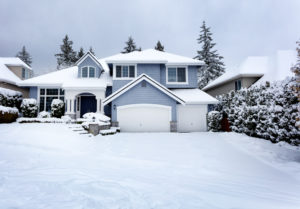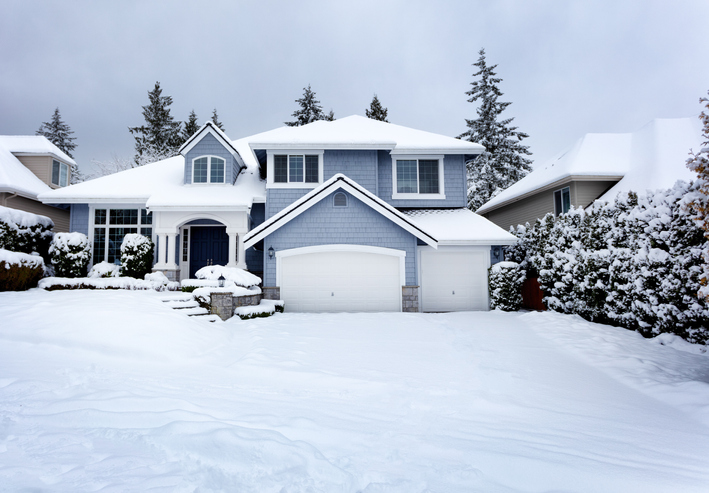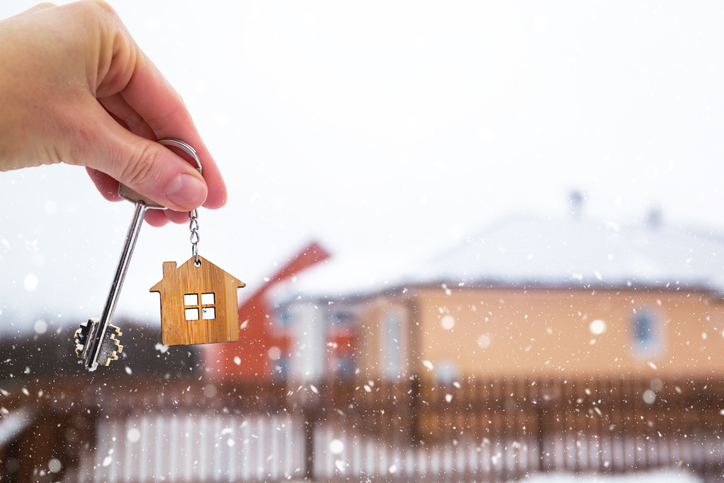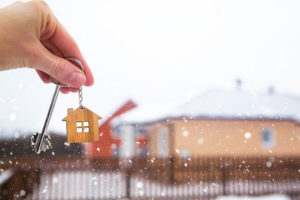
The days are getting shorter and colder as fall slowly turns into winter. While the cold season brings with it a certain charm, trying to sell your home may be a bit more complex. If you’re not ready for winter, you might miss out on potential buyers. However, with a little advanced preparation, there are incredible chances that somebody will fall in love with it. Ready to prepare your house before the coldest months kick in? Here are a few suggestions to help!
1. Check Your Heating
HVAC (Heating, Ventilation, and Air Conditioning) should be in working condition. Even if you are not occupying your home while you’re trying to sell it, keeping the home at a consistent temperature will prevent potential damage (such as pipes bursting) and also make buyers coming through your home for showings more comfortable.
Do you have a fireplace? Before the cold hits and you begin using it, make sure it’s cleaned and working properly. Get a chimney inspection if you have a wood-burning fireplace, and have the receipts available to display to potential buyers.
2. Take care of those pesky leaks
If there are any leaks or cracks in your roof, you should fix them as soon as possible. The last thing you need is water damage, ice dams, or a roof full of snow. It’s a sign of neglect and can be heavily detrimental to the price of your home. Plus, roof issues may show up on a home inspection and may cause complications for the new buyers obtaining insurance.
3. Same goes for your windows!
Take a look at your windows, even feeling around the frames to see if you notice any drafts of cooler air. If there are any cracks or broken panes, replace the glass. Potential buyers may see these issues as a sign of neglect and disregard, giving them no incentive to buy your home.
4. The Exterior – Clear the Way
The exterior of your home is just as important as the interior. A few things you should take a look at include:
- Make sure to shovel your walkways and driveway, including any stairs or porch entrances that may need it. If there’s snow on the ground, this will be an easy fix. It doesn’t take much time and will make a good impression on anyone coming to take a look.
- Trim any bushes or trees that may block your property from the street, making the house seem smaller than it actually is.
- Remove any trash cans, buckets, shovels, rakes, deicers (salt/ice melting products)
5. Fix The Little Things
There are a few other things you should keep in mind before the winter hits. They may seem like small fixes, but they can make a big difference:
- Fix any holes or cracks around lights and electrical outlets, including replacing any wall plates that are chipped, cracked, or missing.
- Check that all light fixtures work and replace bulbs that are out.
- Make sure all doors close smoothly and lock easily.
- Check cabinets – are all knobs and handles in place? Do the doors open easily, close all of the way, and have proper alignment with the cabinet?
Attention to these details shows buyers that your home is cared for and maintained. Make a list after going through your home room-by-room and try looking at the spaces with fresh eyes. What would a potential buyer notice? If you don’t consider yourself a “handy” person, find a local repair person who can easily tackle these tasks.
Bonus tip!
Since a blanket of snow may be covering your yard and home, having a small photo album available for potential buyers is a great idea. They will be able to imagine what your home looks like with snow covering it and the added decoration of Christmas lights, but a photo album of summer, spring, or fall helps them see your property clearly in a different season.
Repairing small problems now before the worst of winter hits will give you more time to get other things done around the house, allowing you to make this season one that you can enjoy with fewer distractions. Good luck on the sale of your home!
If you have any questions for Ryan DeRoode , please get in touch with him at 651-503-4158.
Image credit: tab1962 | iStock | Getty Images Plus



